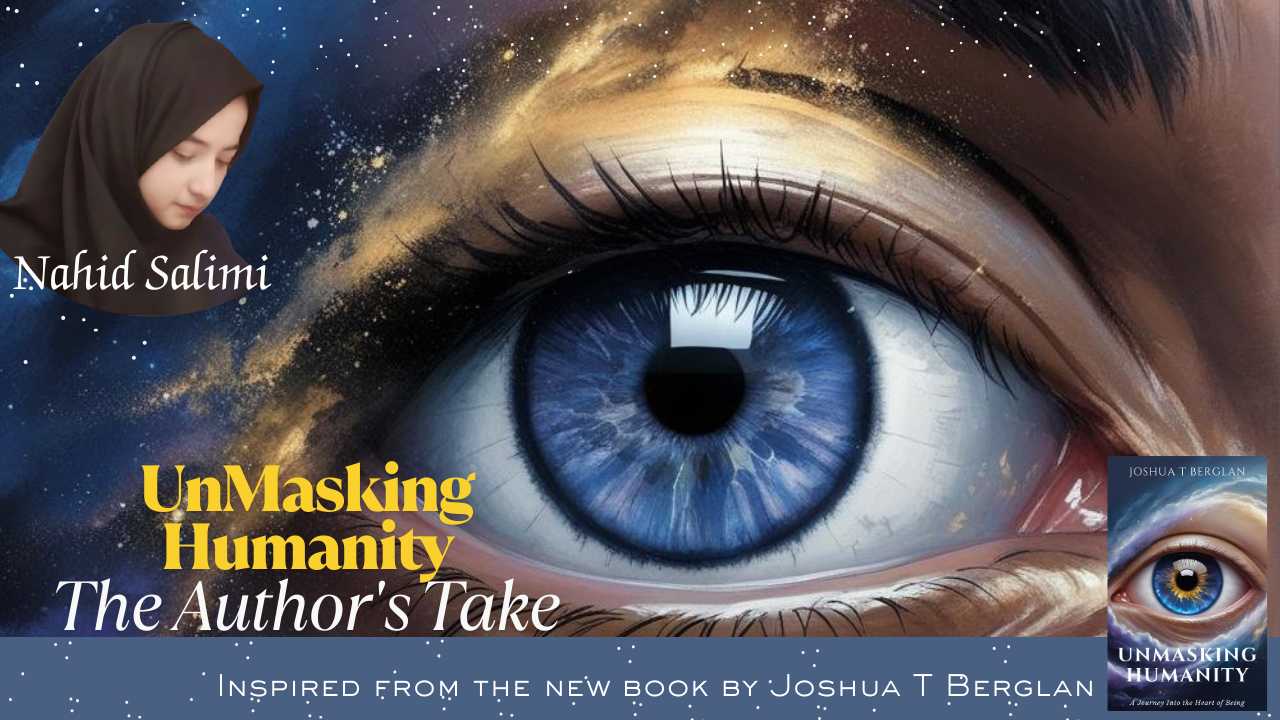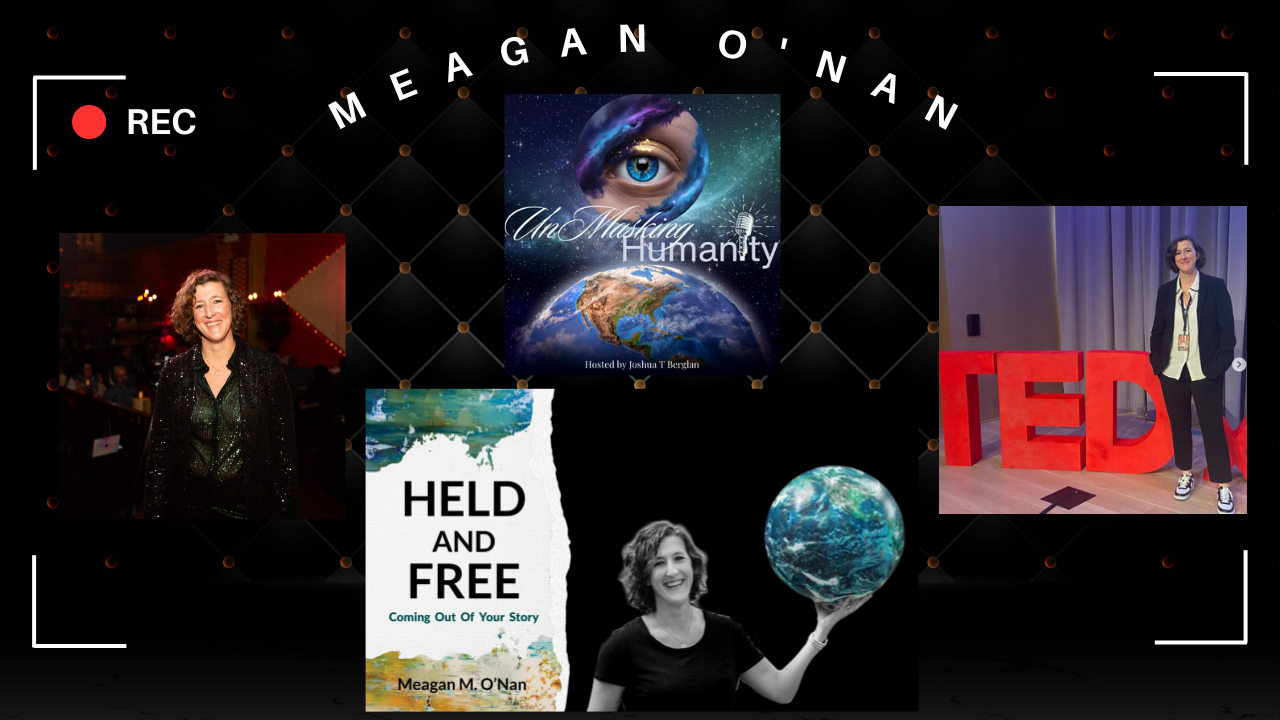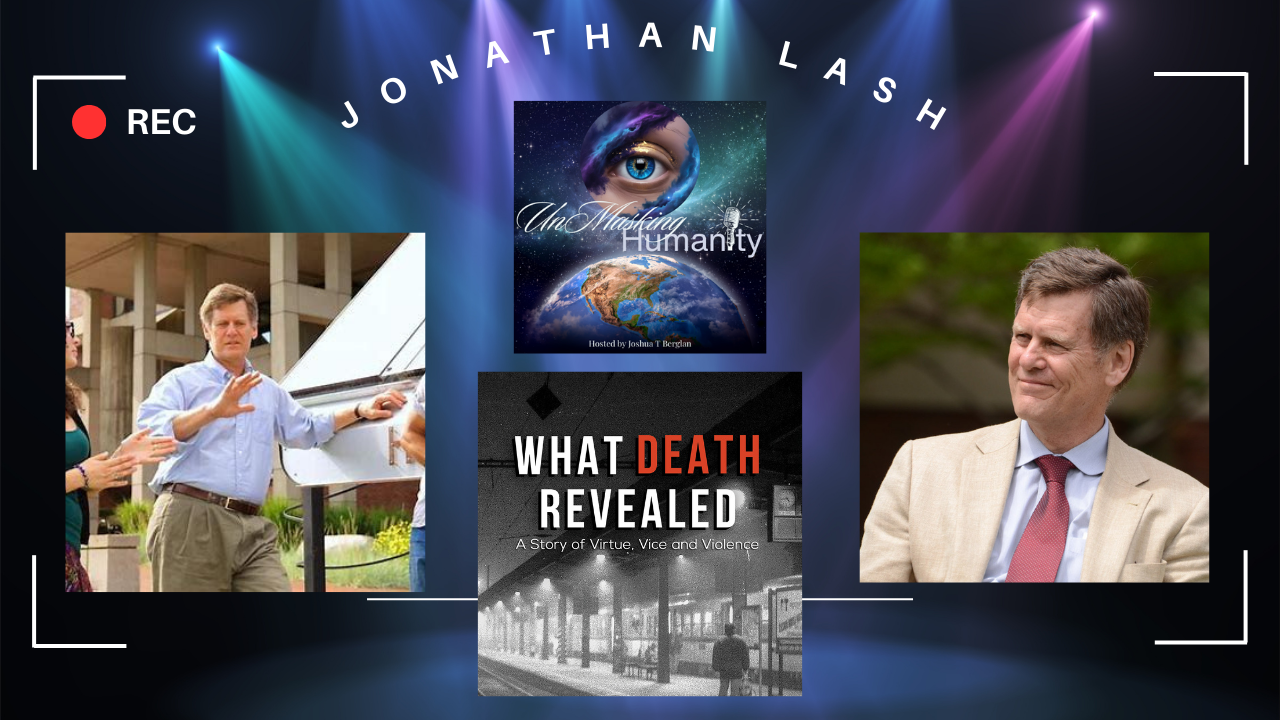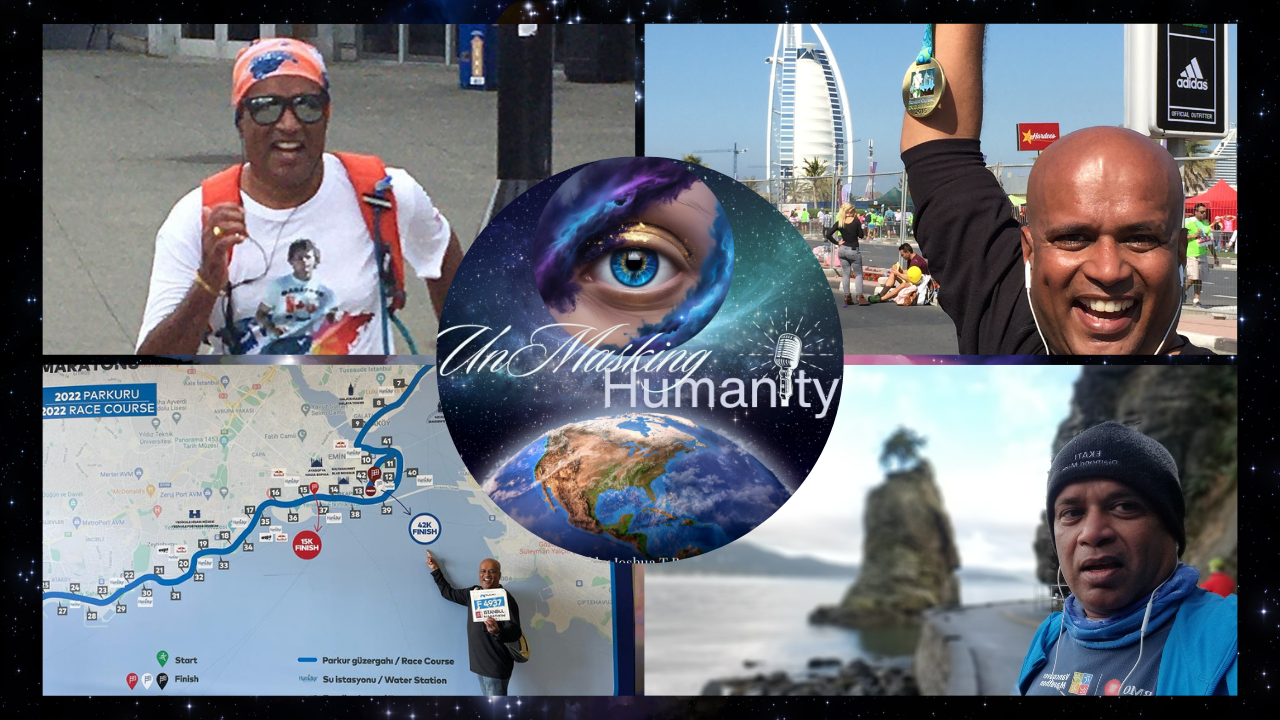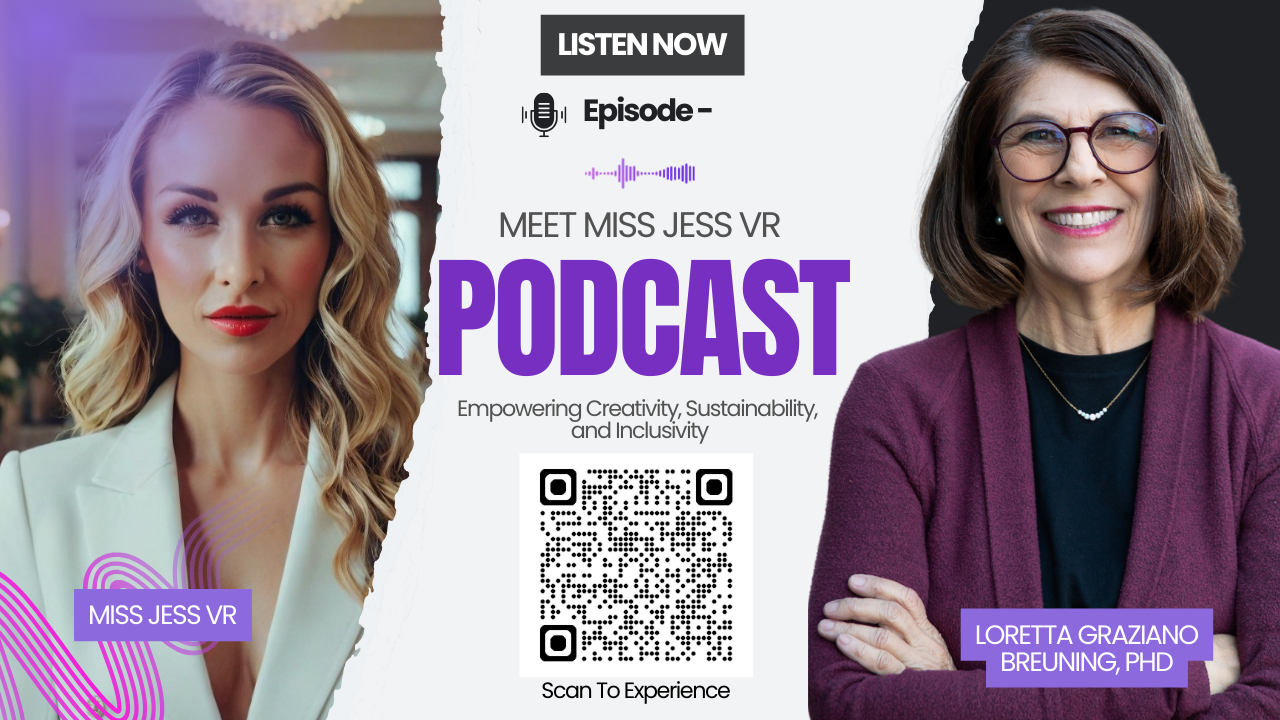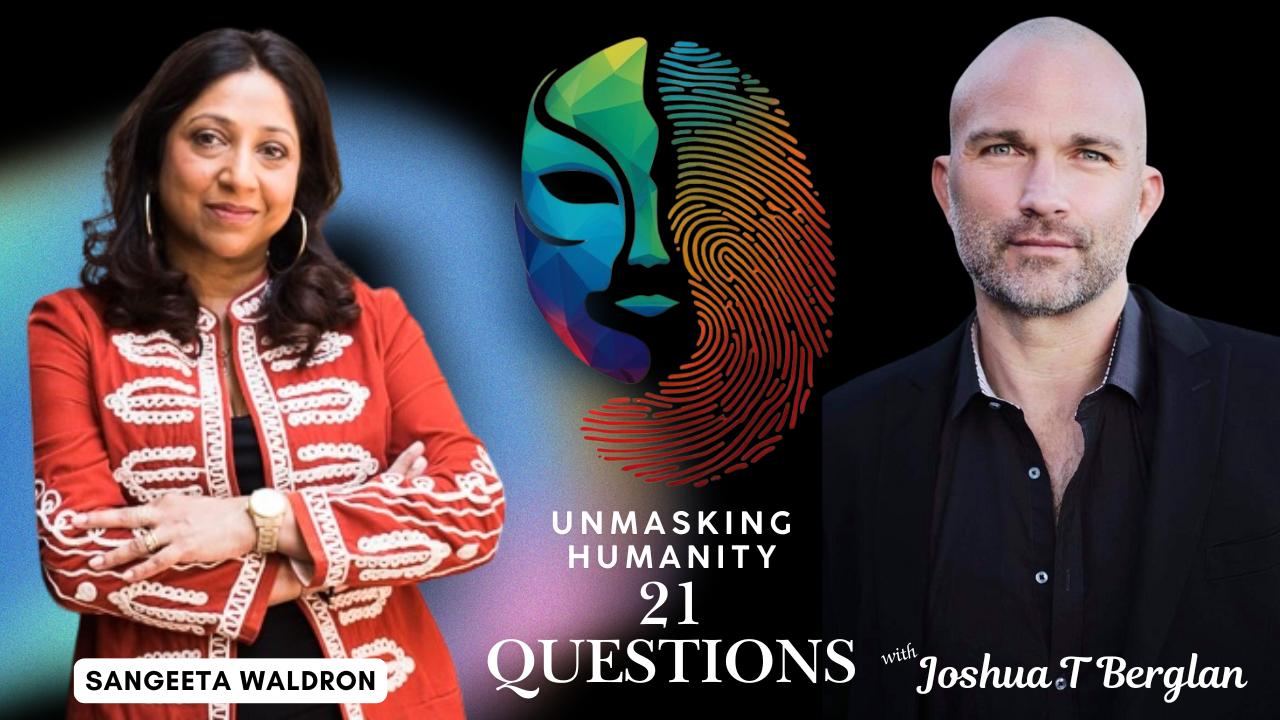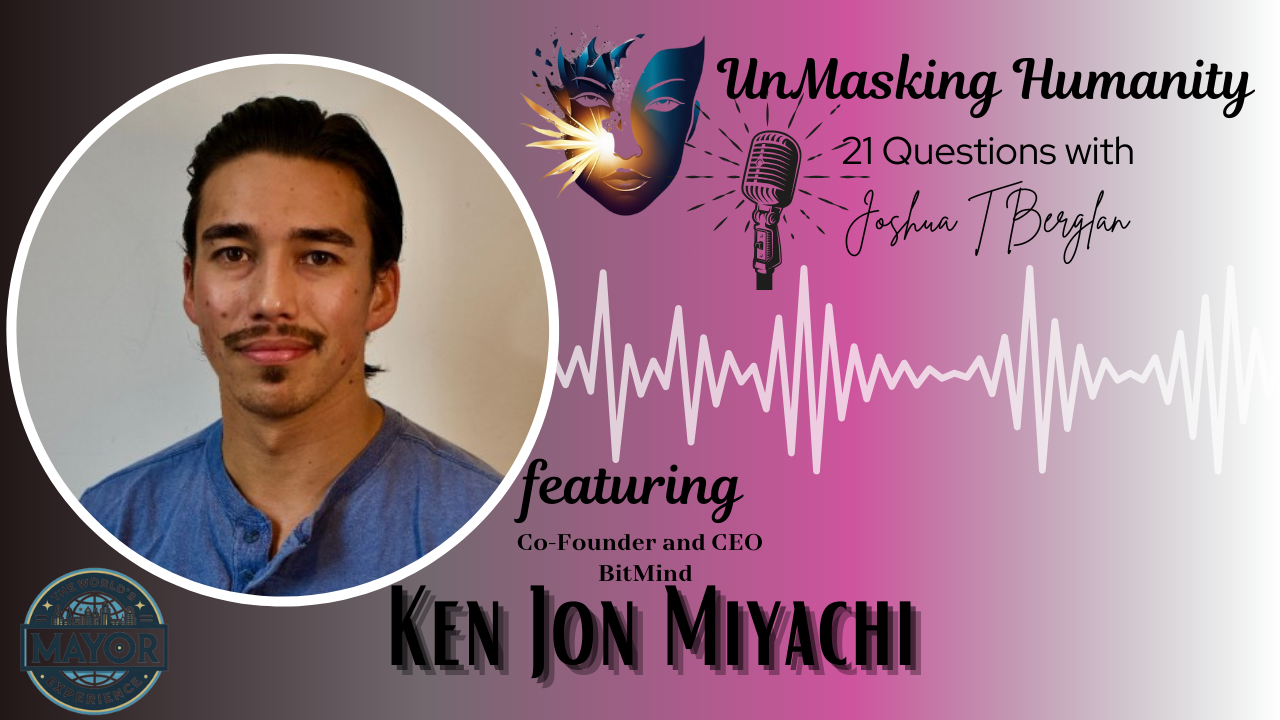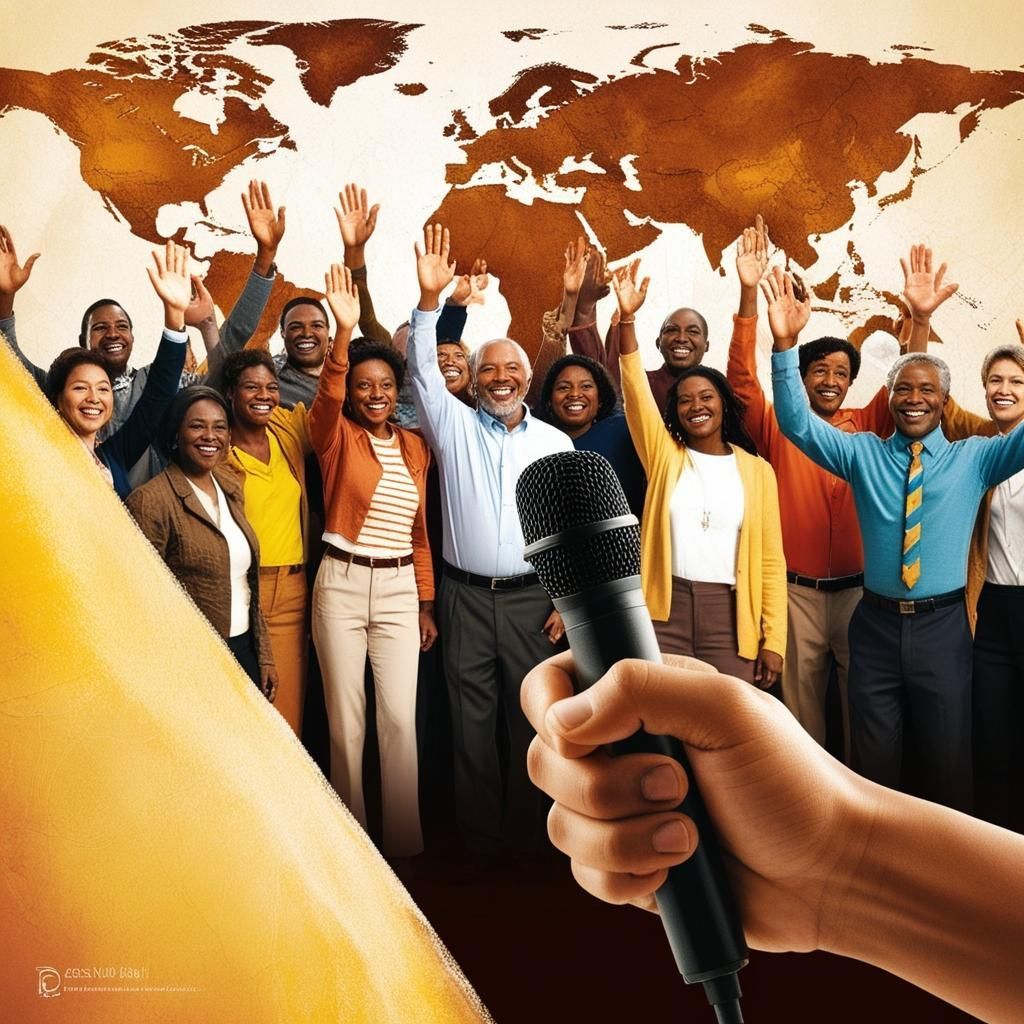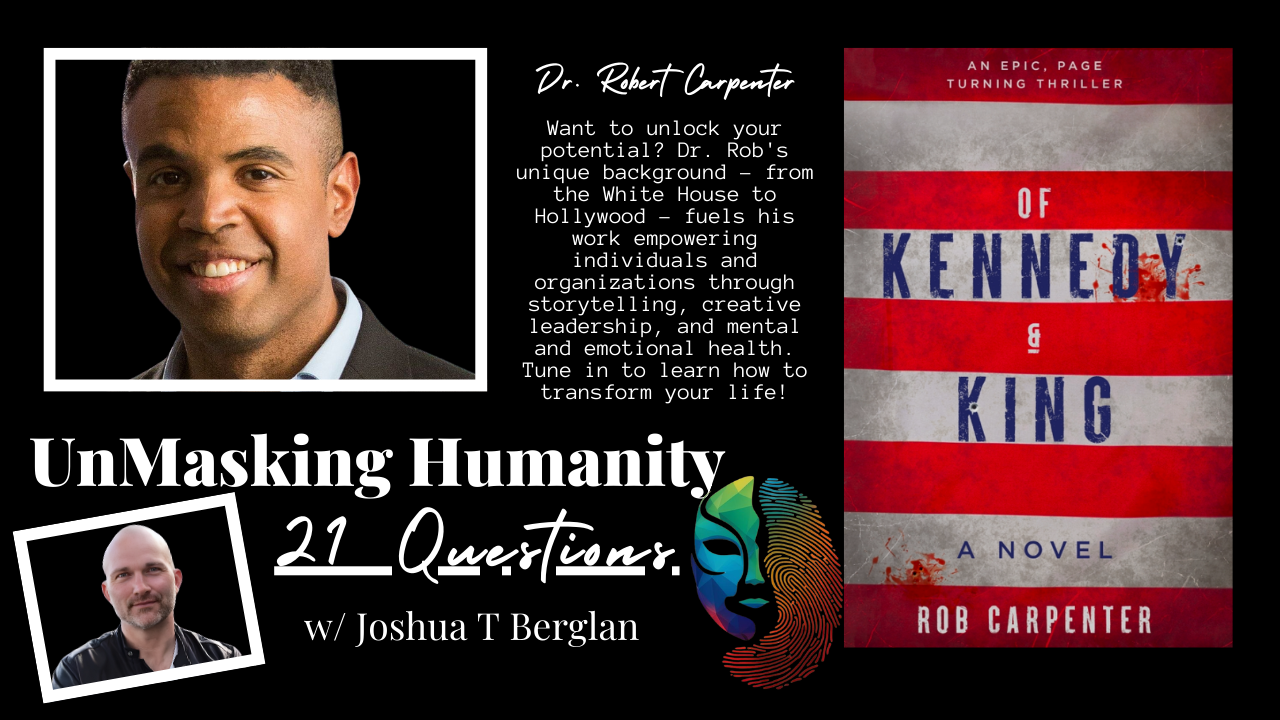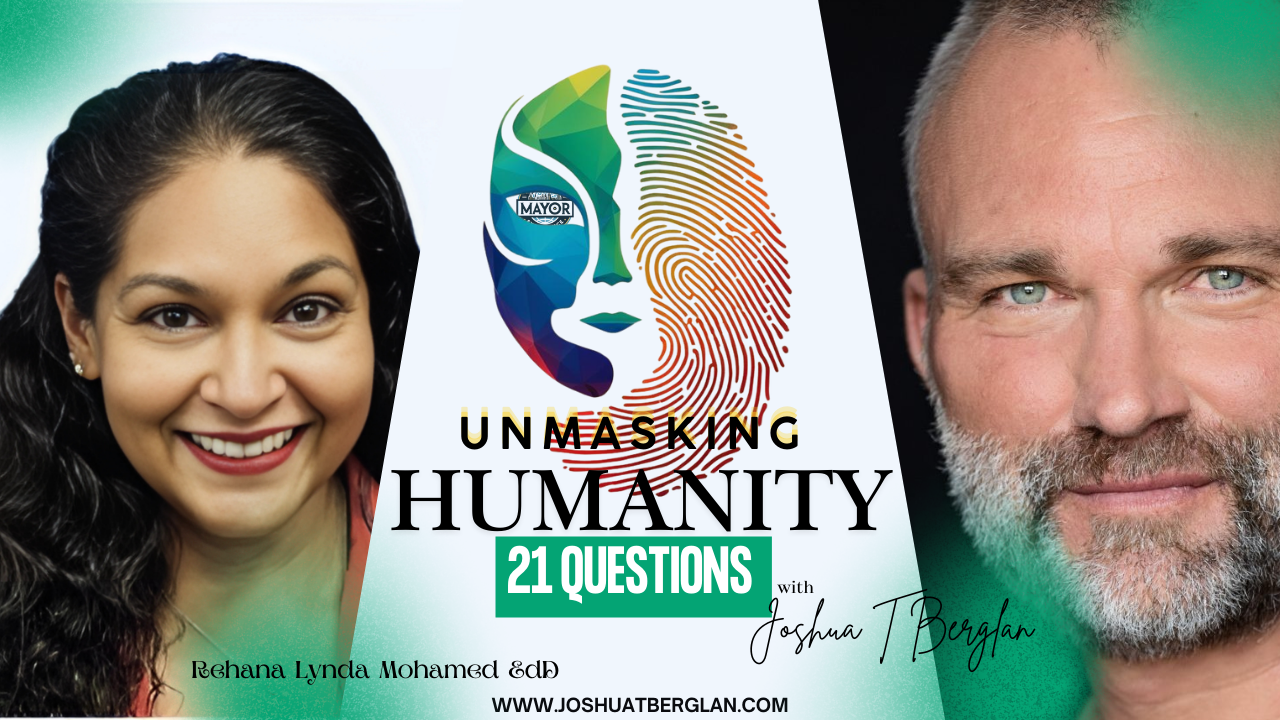Fresh Multimedia

Transforming Cities for a Sustainable Future: The Power of Smart Cities and Global Agendas
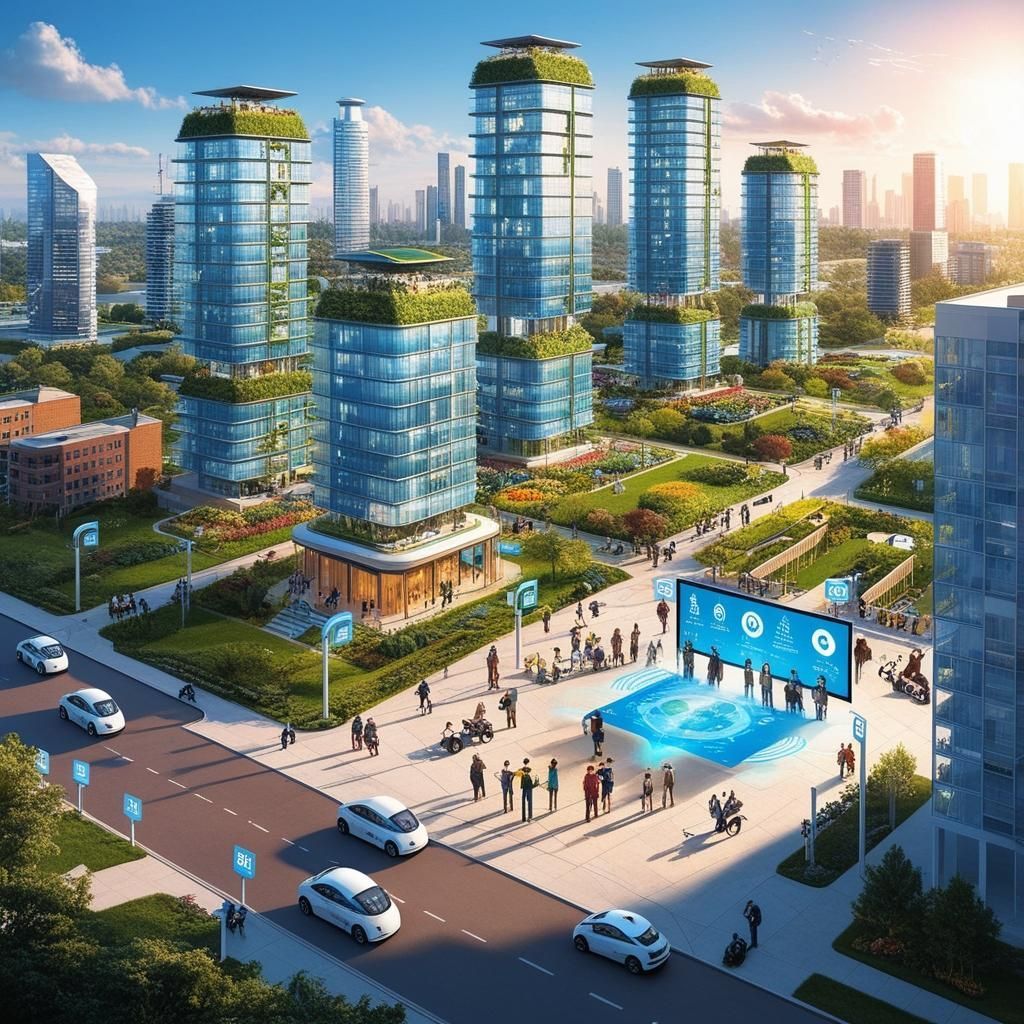
Transforming Cities for a Sustainable Future: The Power of Smart Cities and Global Agendas
As cities grow rapidly, they face mounting challenges—poor planning, climate risks, and inequality. Yet, solutions like smart cities, paired with global frameworks like the 2030 Agenda for Sustainable Development and Agenda 21, offer a path to resilient, inclusive urban futures. In this newsletter, I explore insights from four key documents to uncover how technology, collaboration, and sustainable development goals (SDGs) can transform our cities. Let’s dive in!
What Is Sustainable Development?
Sustainable development balances economic growth, social inclusion, and environmental protection. Two foundational documents guide this mission:
The 2030 Agenda for Sustainable Development( View Source ) is a global plan with 17 SDGs and 169 targets, aiming to end poverty, protect the planet, and ensure prosperity by 2030. Its principles—universality, leaving no one behind, and integrated solutions—prioritize vulnerable groups in places like African nations and small island states. Key goals include poverty eradication (SDG 1), zero hunger (SDG 2), health (SDG 3), education (SDG 4), gender equality (SDG 5), clean water (SDG 6), affordable energy (SDG 7), sustainable cities (SDG 11), climate action (SDG 13), and partnerships (SDG 17). It also features tools like the Technology Facilitation Mechanism for innovation and a framework for accountability.
Agenda 21( View Source ), launched in 1992, is a detailed roadmap for sustainability. It addresses poverty (requiring $30 billion annually), consumption, health, human settlements, and biodiversity. Chapters 22-30 focus on groups like women (targeting more decision-making roles by 2000), youth (30% of the population, aiming for 50% secondary education by 2000), indigenous peoples, NGOs, local authorities (encouraged to create “local Agenda 21” plans by 1996), workers, and businesses (promoting cleaner production).
These frameworks set the stage for sustainable urban progress, emphasizing collaboration across sectors.
The Urban Crisis: A Call to Action
Cities are at the forefront of global change. The Rockefeller Foundation’s “Future of Transforming Cities” report ( View Source ), from a 2013 meeting in Bellagio, Italy, projects urban populations soaring from 2.7 billion in 2011 to 5.1 billion by 2050, with Asia (54.01%) and Africa (32.5%) driving growth. This rapid urbanization brings challenges:
- Poor planning, causing inefficient infrastructure.
- Climate shocks, like floods and heatwaves.
- Decentralization, shifting duties to local governments.
- Urban division, widening gaps between rich and poor areas.
- ICT and big data, opening doors for better governance.
- Social protests, signaling demands for change.
The report suggests bold solutions:
- Decentralized services for slums, like rainwater harvesting and urban farming, tested in Lusaka, Bangalore, Bangladesh, and Bangkok.
- Public data forums, led by Wipro in Bangalore, to share data in slums.
- Rooftop cities, maximizing space in Bangkok, Lusaka, Ho Chi Minh City, and Guangzhou.
- Land optimization, creating green spaces in Lusaka, managed by local and national governments.
These ideas focus on resilience, equity, and collaboration, balancing short-term actions with long-term goals and leveraging market forces for impact.
Smart Cities: Technology Meets Urban Needs
Smart cities use technology to tackle urban challenges. According to the Wikipedia page on smart cities ( View Source ), they collect data from citizens, devices, and infrastructure to optimize services like traffic, utilities, waste management, and public safety. While there’s no universal definition, early views, like Caragliu et al. (2011), highlight investments in human and social capital for sustainable growth, and Bakici et al. (2013) stress high-tech connectivity.
However, smart cities face criticism for:
- Corporate-driven priorities, favoring profit over people.
- Potential surveillance, raising privacy concerns.
- Poor adaptation to residents’ needs.
Taiwan’s efforts, like Smart City Taipei, Taoyuan’s upgrades, and the Smart City Summit & Expo (starting March 18, 2025), show how collaboration can bring smart city solutions to life.
Connecting Smart Cities to Global Goals
Smart cities align with the 2030 Agenda’s SDGs, especially SDG 11 (Sustainable Cities), SDG 7 (Affordable Energy), and SDG 13 (Climate Action). For example:
- The Rockefeller Foundation’s projects, like decentralized services and data forums, support SDG 11 by improving urban living and governance.
- Smart city technologies, such as energy-efficient systems and traffic management, advance SDG 7 and SDG 13 by cutting emissions.
- Agenda 21’s human settlements chapter (Chapter 7) calls for integrated planning and infrastructure by 2025, reinforcing these efforts.
The 2030 Agenda’s Technology Facilitation Mechanism ensures technology drives sustainable outcomes.
Collaboration: The Heart of Progress
Stakeholder engagement is critical. Here’s how the documents emphasize it:
Agenda 21 (Chapters 22-30) outlines roles for:
- Women, to gain decision-making power.
- Youth (30% of the population), targeting 50% secondary education by 2000.
- Indigenous peoples, valued for traditional knowledge.
- NGOs, as partners by 1995.
- Local authorities, to develop local Agenda 21 plans by 1996.
- Workers, aiming for ILO convention ratification by 2000.
- Businesses, to adopt cleaner production.
The 2030 Agenda prioritizes global partnerships (SDG 17) for inclusivity.
The Rockefeller Foundation involved experts from government, industry, academia, and activism.
The smart city Wikipedia page highlights public-private partnerships, as seen in Taiwan.
This collaborative approach ensures solutions meet diverse needs, especially for marginalized groups.
Equity: Ensuring No One Is Left Behind
Equity is central. The Rockefeller Foundation targets slum dwellers with projects like decentralized services in Lusaka and Bangalore. The 2030 Agenda focuses on poverty (SDG 1), inequality (SDG 10), and gender equality (SDG 5). Agenda 21 supports groups like indigenous peoples and sets goals for safe water and sanitation by 2025. However, the smart city Wikipedia page warns that smart cities could widen inequality if not inclusive, underscoring the need to balance benefits with risks like surveillance.
Real-World Examples
Practical initiatives show what’s possible:
- Rockefeller Foundation Projects: Decentralized services in Lusaka and Bangalore, data forums in Bangalore, rooftop cities in Bangkok, and green spaces in Lusaka demonstrate scalable solutions.
- Taiwan’s Smart Cities: Smart City Taipei, Taoyuan’s upgrades, and the 2025 Summit & Expo highlight technology and collaboration in action.
These examples prove that local innovation, aligned with global goals, can transform cities.
The Path Forward
Research suggests that smart cities, combined with frameworks like the 2030 Agenda and Agenda 21, can address urban challenges effectively. From the Rockefeller Foundation’s practical projects to Taiwan’s tech-driven initiatives, success hinges on inclusive collaboration and equitable solutions. While concerns like smart city surveillance must be managed, the potential for resilient, sustainable cities is immense. Let’s work together—across governments, communities, and industries—to build urban futures that are smart, inclusive, and sustainable.
What’s your take on shaping tomorrow’s cities? Share your thoughts below!
Key Citations
- Rockefeller Foundation Future of Transforming Cities Meeting
- Wikipedia Page on Smart City Definition and Initiatives
- UN 2030 Agenda for Sustainable Development Goals and Targets
- UN Agenda 21 Comprehensive Plan for Sustainable Development
Reference Tables
For those who want to dive deeper, here are key insights from each document:
Rockefeller Foundation Document
| Aspect | Details |
|---|---|
| Meeting | August 27-30, 2013, Bellagio, Italy, with over 20 experts. |
| Urban Growth | From 2.7 billion (2011) to 5.1 billion (2050), led by Asia (54.01%) and Africa (32.5%). |
| Trends | Poor planning, climate shocks, decentralization, urban division, ICT/big data, social protests. |
| Solutions | Decentralized services (slums), public data forums, rooftop cities, land optimization. |
| Insights | Short-term actions need long-term vision, leadership, equity, and scale. |
Smart City Wikipedia
| Aspect | Details |
|---|---|
| Definition | Uses digital tech for data collection, no universal definition. |
| Applications | Traffic, utilities, waste, public safety, community services. |
| Criticisms | Corporate-driven, surveillance risks, poor resident adaptation. |
| Taiwan | Smart City Taipei, Taoyuan upgrades, Summit & Expo (March 18, 2025). |
2030 Agenda for Sustainable Development
| Aspect | Details |
|---|---|
| Goals | 17 SDGs, 169 targets, focusing on poverty, health, education, climate, cities. |
| Principles | Leave no one behind, integrated solutions, global solidarity. |
| Mechanisms | Technology Facilitation Mechanism, accountability framework by 2030. |
Agenda 21 (Selected Chapters)
| Chapter | Programme Area | Key Points | Objectives |
|---|---|---|---|
| 3 | Combating Poverty | Poverty multidimensional, need for country-specific programs, $30 billion annually. | Enable sustainable livelihoods, eradicate poverty, create employment. |
| 7 | Promoting Sustainable Human Settlements | 1 billion lack shelter, urban areas generate 60% GNP, need for integrated planning. | Achieve adequate shelter, ensure sustainable urban management by 2025. |
| 24-30 | Major Groups | Roles for women, youth (30% population), indigenous, NGOs, local authorities, workers, business. | Empower groups, increase participation, e.g., 50% youth in secondary education by 2000. |
This newsletter is designed to be concise, professional, and engaging, with all original content preserved in a format optimized for sharing. For assistance with posting or further customization, feel free to reach out!

Latest Insights and Trends: Explore Our Recent Blogs
The World's Mayor Experience Fresh Multimedia
